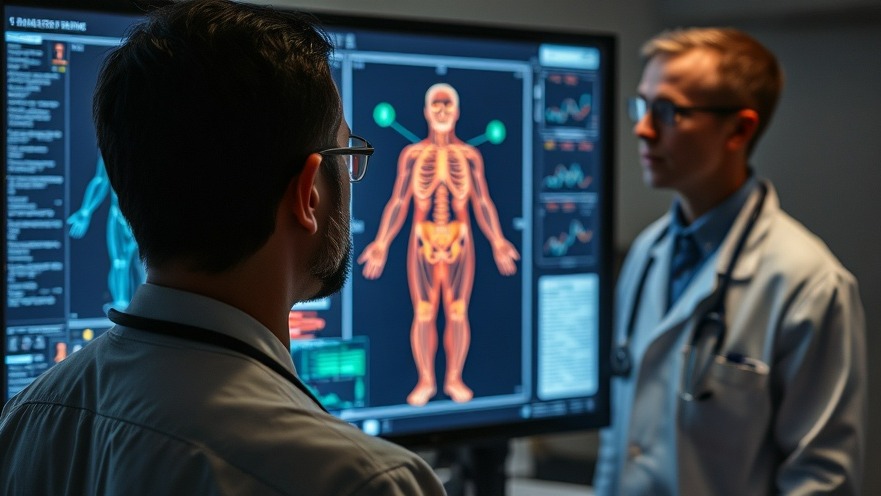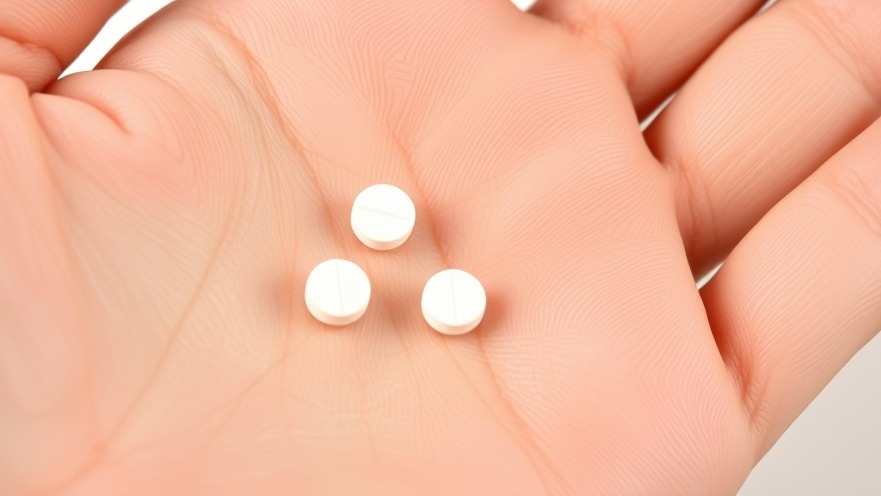
Understanding the Body's Stress Responses
The latest research from the University of Portsmouth and University College London (UCL) unveils a groundbreaking approach to mapping how our bodies react under extreme conditions. This study could pave the way for earlier diagnosis of illnesses by revealing how different parts of the body communicate during stress. Unlike traditional methods that focus solely on single metrics like heart rate or oxygen consumption, this innovative technique examines the intricate interplay between various physiological signals.
Revolutionizing Illness Detection
The researchers utilized advanced wearable sensors to monitor physiological data from 22 healthy participants as they experienced different stress scenarios including hypoxia (low oxygen), sleep deprivation, and moderate physical exercise. With tools like pulse oximeters for blood oxygen monitoring and breathing gas analysis through face masks, this study achieved real-time insights into how stressors affect the interconnected systems of our bodies.
Dr. Joe Costello, a key researcher, notes, "This time, we wanted to understand how physiological stressors affect the body together, not just on their own." This comprehensive view provides a more effective method for understanding health and illness, potentially leading to earlier warnings about health conditions.
Using Transfer Entropy to Map Body Communication
The methodology employed, known as "transfer entropy," allowed researchers to visualize a complex network that indicates how signals move between body systems. This unique perspective identifies which organs function as 'information hubs' during moments of physical stress. Dr. Costello emphasizes, "What makes our approach so unique is that it doesn't pigeonhole our data into one system or variable—it looks at how everything is connected in real-time." This interconnected analysis sheds light on potential early warning signs that traditional methods might miss.
What This Means for Health Practitioners
For concierge health practitioners, staying informed about such advancements is crucial for providing top-tier care. The insights from this study not only enhance our understanding of physiological responses but also open new doors for preventive care strategies. As medical professionals, leveraging these findings can lead to a more holistic approach to patient health monitoring.
Imagine being able to spot the early signs of illness simply by understanding the body's stress responses better. With this information, healthcare providers could develop tailored interventions based on real-time monitoring techniques, potentially improving patient outcomes significantly.
Future Implications and Benefits of Real-Time Monitoring
The implications of this research extend far beyond mere academic interest. As technology progresses, integrating real-time physiological monitoring into patient assessments could become standard practice. Better understanding of how different stressors affect the body's systems will enable practitioners to make more informed decisions, create personalized health plans, and even predict potential health crises before they manifest.
By incorporating real-time analytics regarding patient health, practitioners can respond proactively, ensuring that they address health concerns before they necessitate intensive medical intervention.
Actionable Insights and Tools for Health Practitioners
To harness the findings from this study effectively, concierge health practitioners should consider the following actionable strategies:
Implement wearable technology that tracks physiological markers in patients, fostering a deeper understanding of individual stress responses.
Educate patients on the importance of recognizing stress symptoms and their potential health implications.
Explore partnerships with technology firms specializing in health analytics to remain at the forefront of enhancing patient care.
Encourage a culture of continuous monitoring not just during clinic visits but as a routine part of health management.
By embracing these innovations, health practitioners can position themselves as leaders in proactive patient care, staying one step ahead of emerging health trends.
Conclusion: Embracing the Future of Healthcare
As advancements in technology and health research evolve, the responsibility falls on practitioners to adapt and integrate new knowledge into their practice. The mapping of how the body responds to stress illustrates the power of interconnectivity in physiology, which could fundamentally change how illnesses are detected and treated. By staying informed and agile, concierge health practitioners can ensure they provide the highest quality of care for their patients.
As you continue to educate yourself on these developments, consider implementing new technologies that can enhance your practice and help you provide better outcomes for your patients.
 Add Row
Add Row  Add
Add 






Write A Comment